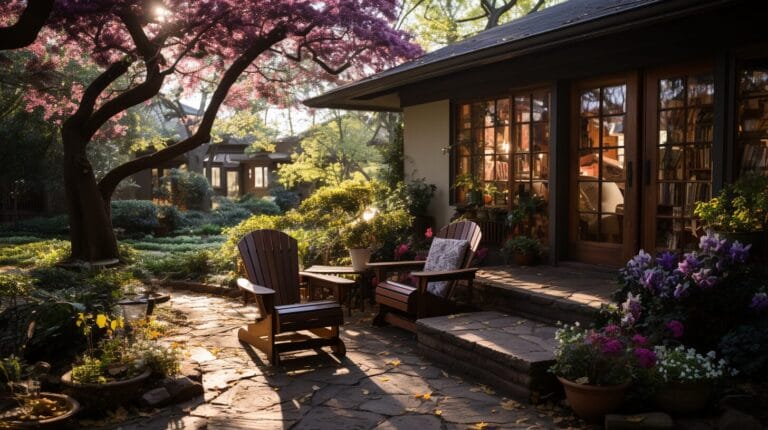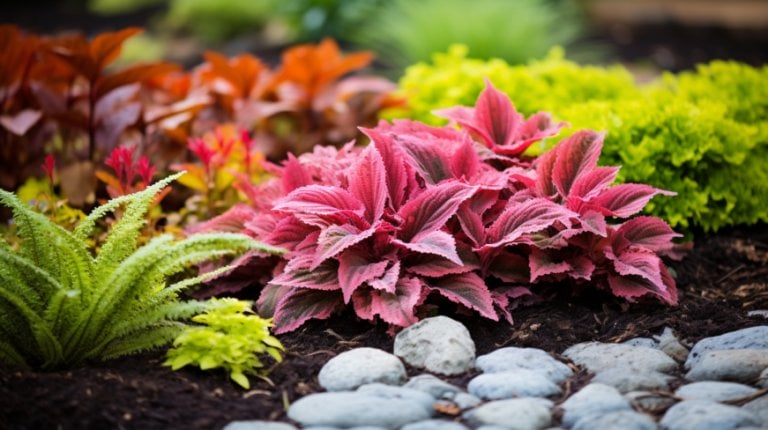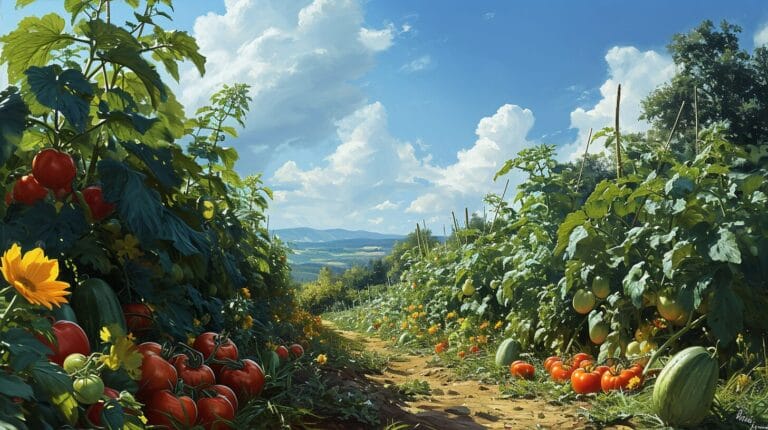Is dried out potting soil still good? The Gardener’s Guide in 2024
Is it possible to use dehydrated potting soil? As experienced gardeners, we’ve stumbled upon soil that looks as deserted as an overlooked piece of bread.
However, before discarding it with your kitchen scraps, consider the potential of what may seem like mere dirt. We’ll unveil the hidden virtues of dry potting soil and provide insights on its possible rejuvenation or retirement.
Prepare to unearth the secrets to revitalizing your potting soil, ensuring your plants flourish on a robust foundation.
Key Takeaways
- Dried-out potting soil can still be good if it is free of mold, pests, and disease.
- Rehydrating and incorporating organic matter can rejuvenate old potting soil.
- Proper storage is crucial to maintain potting soil quality.
- Testing for soil-borne diseases or pests before reusing stored soil is essential for healthy plant growth.
Understanding Potting Soil: Beyond the Garden Pot
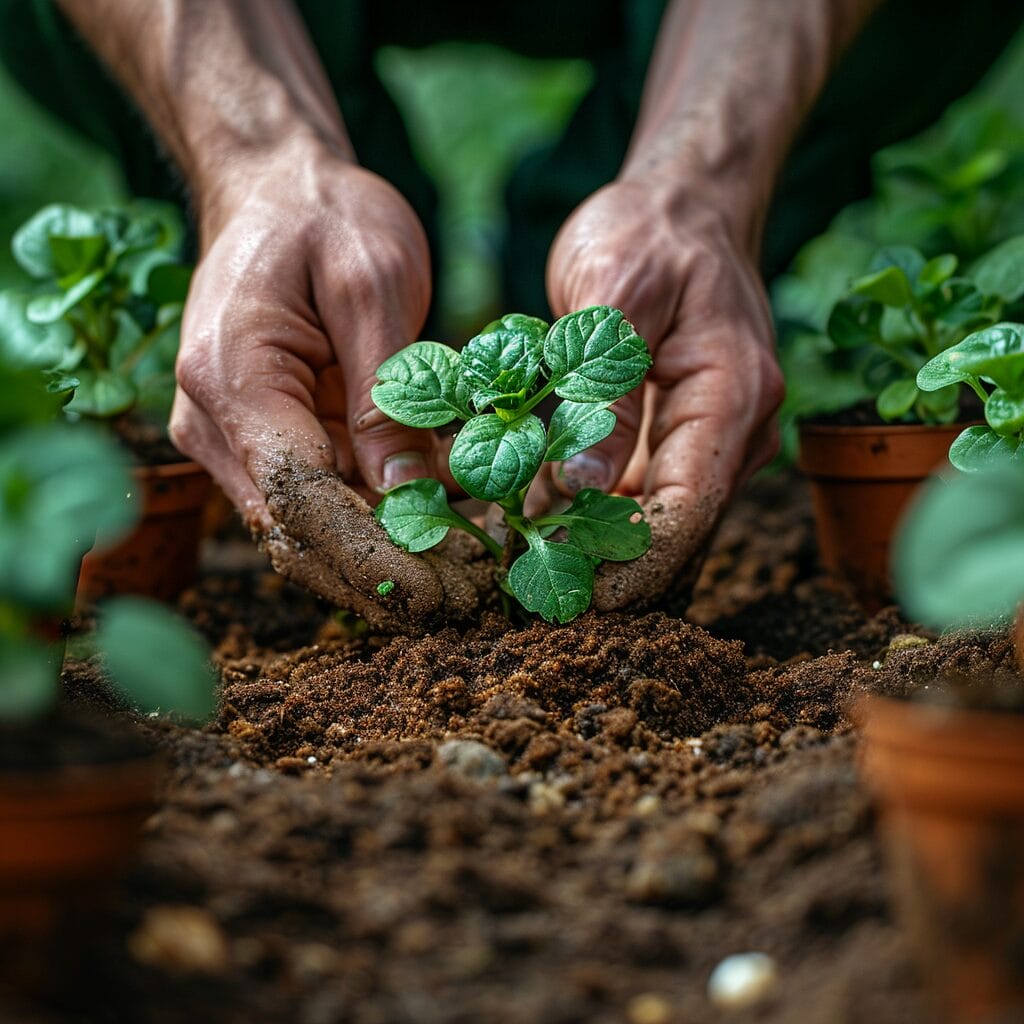
Potting soil is not just dirt; it’s a crafted mix designed to provide an optimal environment for potted plants. Packed with organic matter, it serves up nutrients while maintaining a delicate balance of moisture retention and drainage, thanks to components like peat moss.
Dry, crusty potting soil might seem past its prime, but with a bit of care, such as fresh soil mix or compost incorporation and rehydration, it can be coaxed back into service.
Common Issues with Old Potting Soil: Can Potting Soil Go Bad?
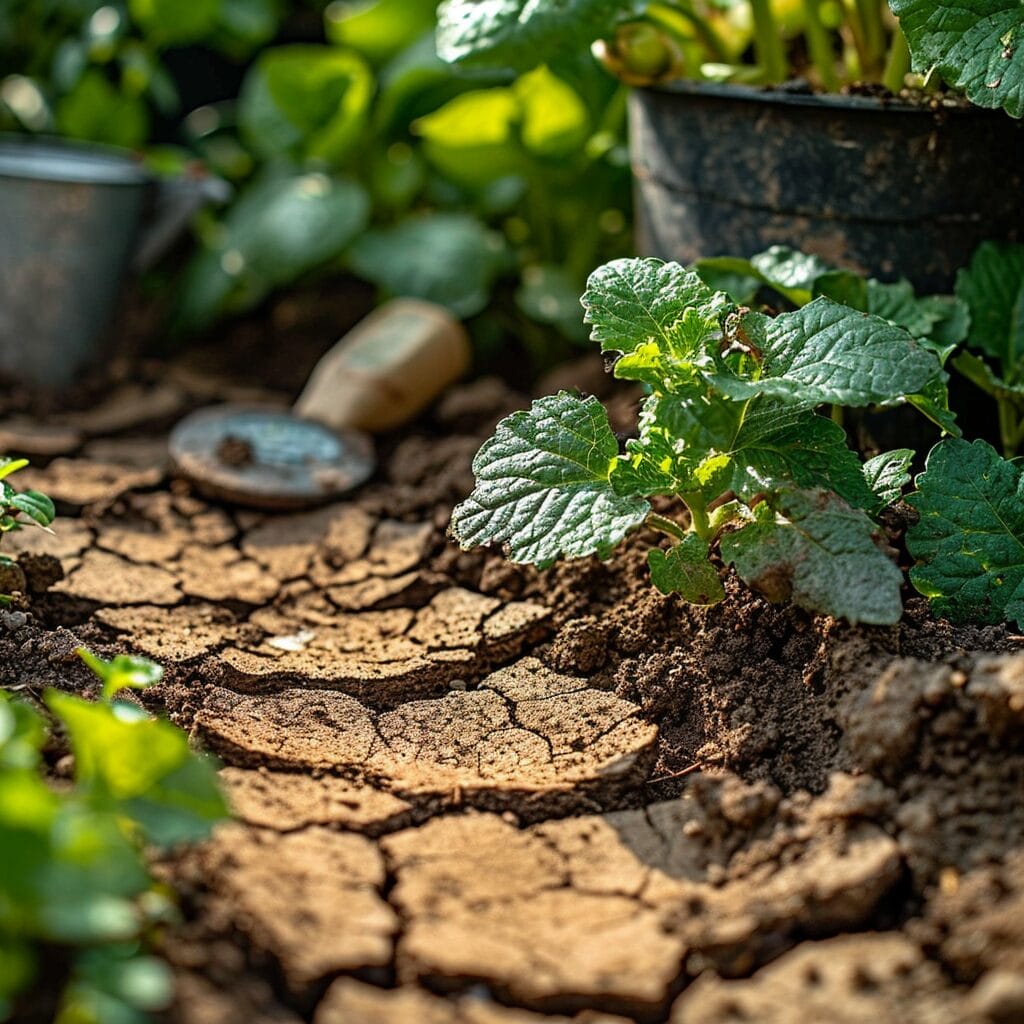
Like perishable food, potting soil last can degrade over time. When left unused, potting soil can compact, lose nutrients, or harbor pathogens which can decompose and affect the soil mix.
Signs of expired potting soil include:
- the presence of salt
- lack of ability to absorb water
- accumulation of perlite.
- Unpleasant Odor: Indicates harmful fungi or bacteria.
- Mold or Fungus Growth in Old Soil: Visible growth signifies unsuitability for healthy plant growth.
- Pest Infestation: Presence of insects or larvae.
- Clumping and Poor Texture: Compaction stifles plant roots.
- Weed Seeds in old soil: Contamination risk.
These issues affect not only the soil’s effectiveness but also plant health. Encountering these signs likely means it’s time to refresh or replace your potting soil.
Decoding the Soil Condition: Is Dried Out Potting Soil Still Good?
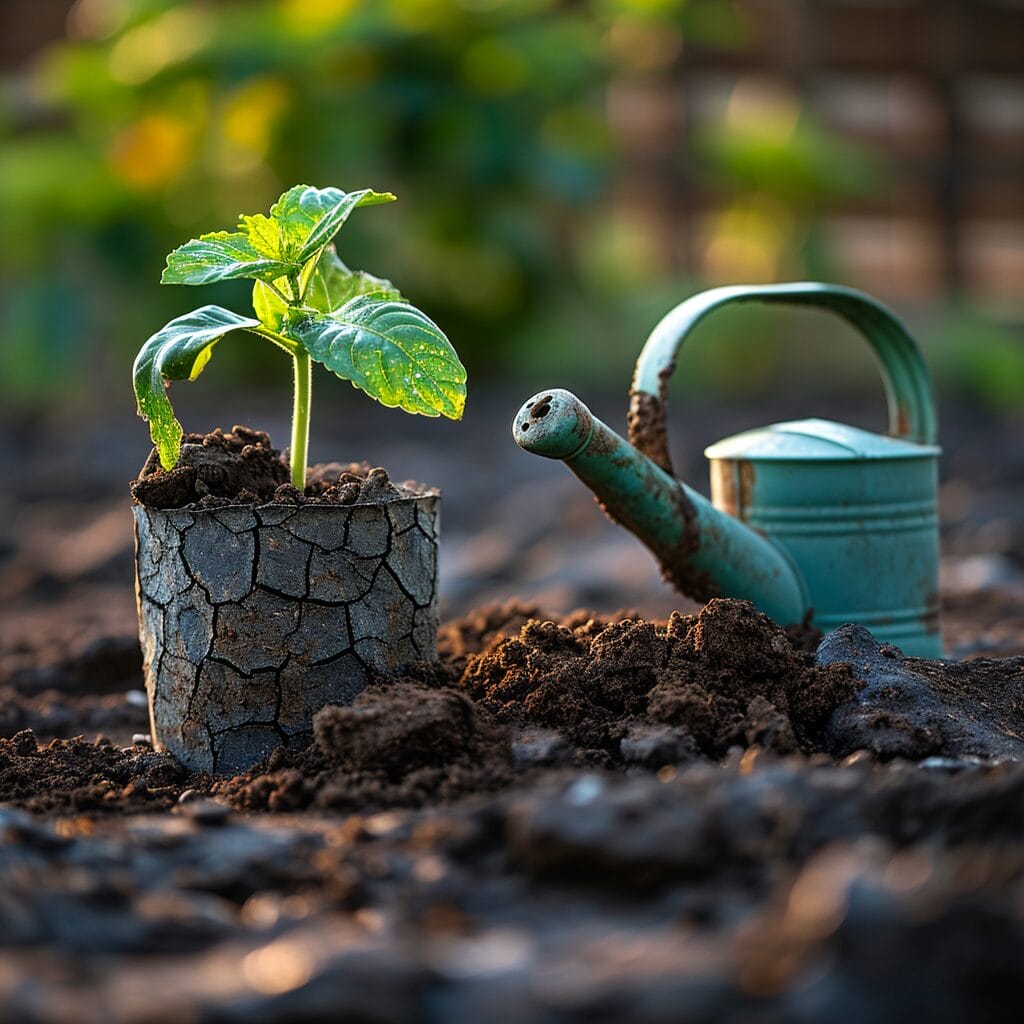
Dried-out potting soil can still be good if it’s free of mold, pests, and disease, and retains a crumbly texture post-rehydration. Slow, careful rehydration and organic matter incorporation can revive it.
Rejuvenating Old Potting Soil: How to Revive Dried Out Potting Mix
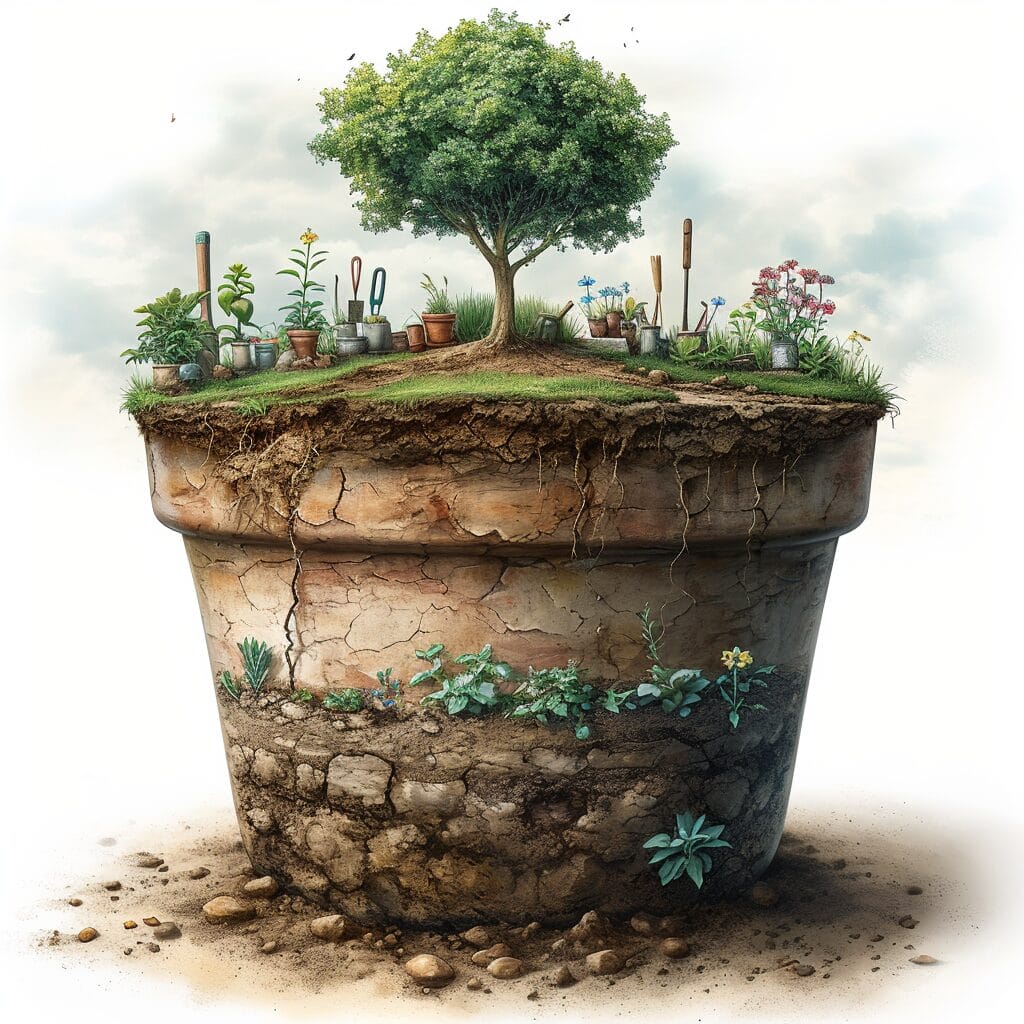
Reviving old potting soil involves:
- Breaking up clumps and removing debris.
- Moistening the potting mix.
- Enriching with new compost.
- Using safe, natural fertilizers.
- Aerating the mix.
- Testing the moisture level.
Can Dried-Out Potting Soil Still be Used for Planting Bare Root Strawberries?
Yes, dried-out potting soil can still be used for planting bare root strawberries. However, it is important to rehydrate the soil thoroughly before planting. Follow a healthy strawberry patch planting schedule to ensure the best growth and yield for your strawberries.
Recommendations for Potting Soil Storage and Reuse
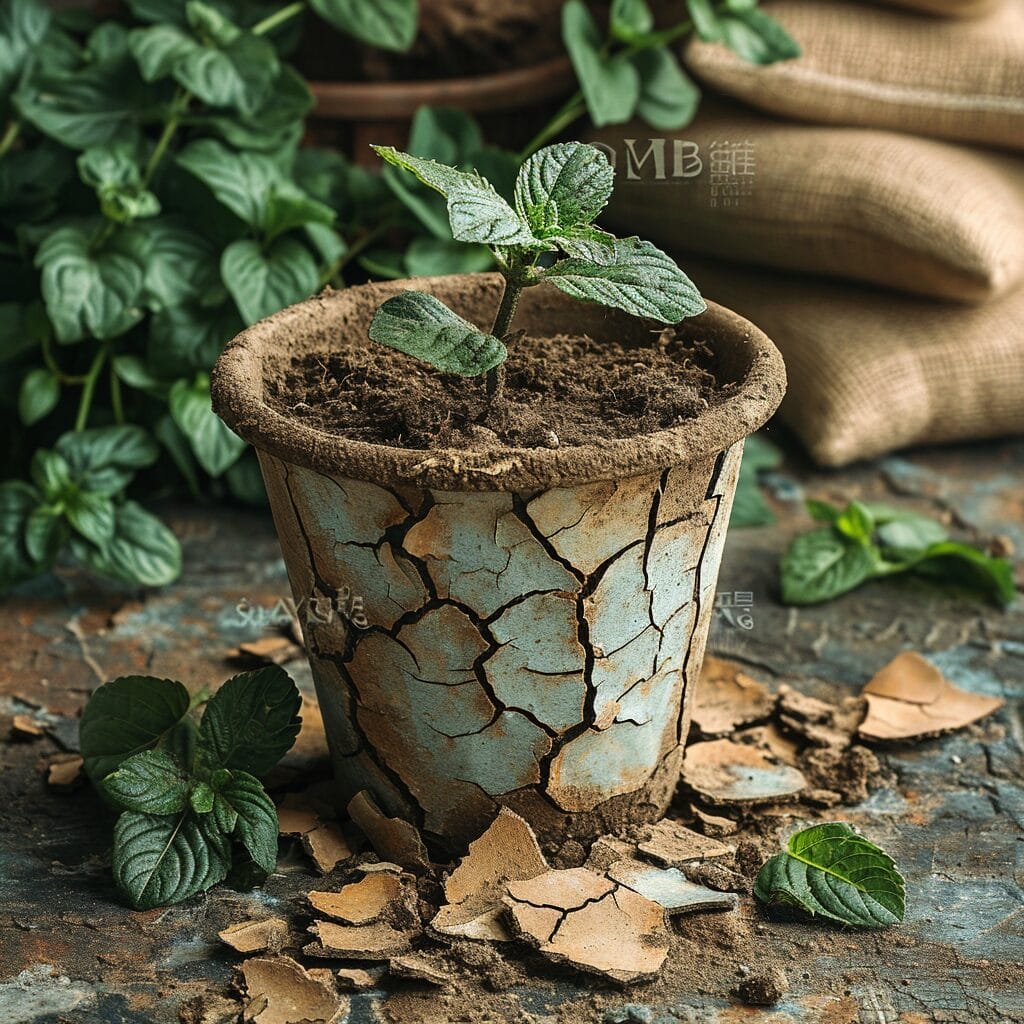
Proper storage of potting soil involves:
- Keeping unopened bags in a cool, dry place.
- Sealing opened bags of bagged potting soil tightly or using airtight containers.
For reuse:
- Remove plant debris.
- Mix in fresh compost or potting mix.
- Ensure appropriate moisture.
- Test for diseases or pests before planting.
Conclusion
We conclude that with proper care, dried-out bagged potting soil can be revitalized. Remember, proper storage is key, and with our tips, your soil will be ready for planting once more. So, let’s nurture our green havens, where every speck of soil counts.
Happy planting, fellow green thumbs!
Frequently Asked Questions
Is it okay to use old potting soil? Can I revive old potting soil?
Yes, you can rehydrate and revitalize old potting soil to make it suitable for use again. This can be done by adding water to moisten the soil and mixing in organic material to improve its nutrient content.
How should I store potting soil to maintain its quality?
Store potting soil in a dry and cool location, preferably in a sealed container or bag to prevent it from becoming dry and compacted. Keeping bagged potting soil away from direct sunlight and moisture will help maintain its quality for future use.
What should I do with dried-out potting soil that has gone bad?
If your potting soil has gone bad and become too dry, you can add water to rehydrate it. If the old soil has become compacted and lost its nutrient content, consider mixing in fresh potting soil or compost to rejuvenate it.
How can I tell if my potting soil is bad and needs to be replaced?
Signs that your potting soil may need to be replaced include a foul odor, the presence of mold or pests, and the inability of the soil to retain moisture. Additionally, if the soil has become overly compacted and loses its texture, it may be time to consider using new potting soil.
How can I prevent my potting soil from becoming too dry and unusable?
To prevent your potting soil from becoming dried out and clumping together, ensure that you let the soil absorb water evenly, maintain adequate moisture levels, and store it in a sealed container when not in use. Regularly inspect and aerate the soil to maintain its quality.




